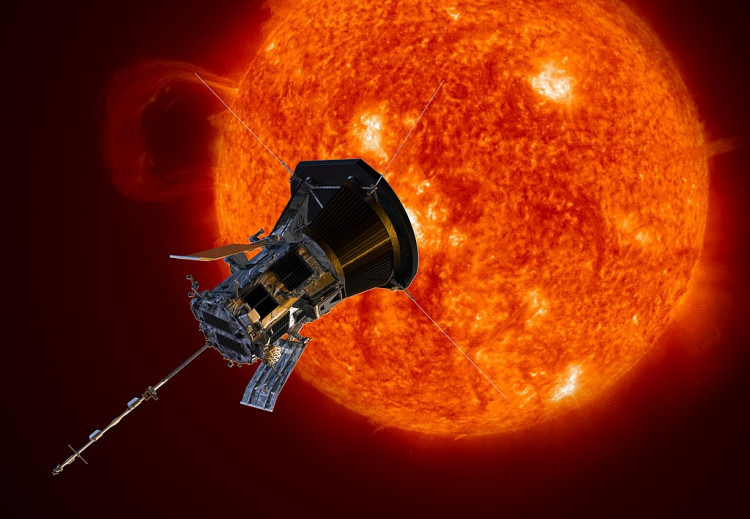Astronomers witnessed star EK Draconis expel a huge explosion of energy more intense than anything seen in our own solar system. The star is dozens of lightyears away from Earth, yet it provides astronomers a clearer sense of what our own Sun is capable of.
Astronomers led by University of Colorado astrophysicist Yuta Notsu utilized telescopes on the ground and in orbit to examine EK Draconis, a fairly young sun. The star expelled a cloud of scorching-hot plasma with a mass in the quadrillions of kilograms in April 2020, which was more than 10 times larger than the most violent coronal mass ejection ever recorded from a sun-like star.
The study of the ejection, according to astronomers, may serve as a warning of how catastrophic the weather in space may be.
"Coronal mass ejections can have a serious impact on Earth and human society," Notsu, a research associate at the Laboratory for Atmospheric and Space Physics, said
These particles are thought to be the most damaging type of radiation emitted by the Sun. As a result, astronomers' eyes and ears perk up when they see a coronal mass ejection, often known as a solar storm, generated from a younger star than our own.
Solar flares are radiation bursts that occur on a regular basis on our sun. Flares are sometimes accompanied by superheated materials, or plasma, outbursts. Our sun, on the other hand, has cooled down significantly over its 4.6-billion-year existence, according to Notsu.
According to previous research by Notsu and colleagues, incredibly intense "superflares" are more common in young, quickly spinning stars, but can happen once per few thousand years or so on older stars like our sun.
Nonetheless, he claims that the coronal mass ejection he and his colleagues spotted can aid scientists in better understanding how these storms develop on faraway stars and our own sun. Notsu speculates that plasma ejected from the ancient sun may have harmed Mars' atmosphere, which is now considerably thinner than Earth's.
Stellar storms may play a significant role in whether or not a planet becomes habitable. If the plasma reaches a planet's magnetic field, it can cause the atmosphere to be exposed to harmful ionizing radiation.
NASA launched two new pieces of technology aboard the Atlas V rocket on Dec. 7. The UVSC Pathfinder was one of them, and its objective will be to investigate the origins of solar energetic particles (SEPs) in order to better anticipate when they will occur. The agency wants to know this information because SEPs could harm equipment and even change an astronaut's DNA if they pass through a spacecraft.




